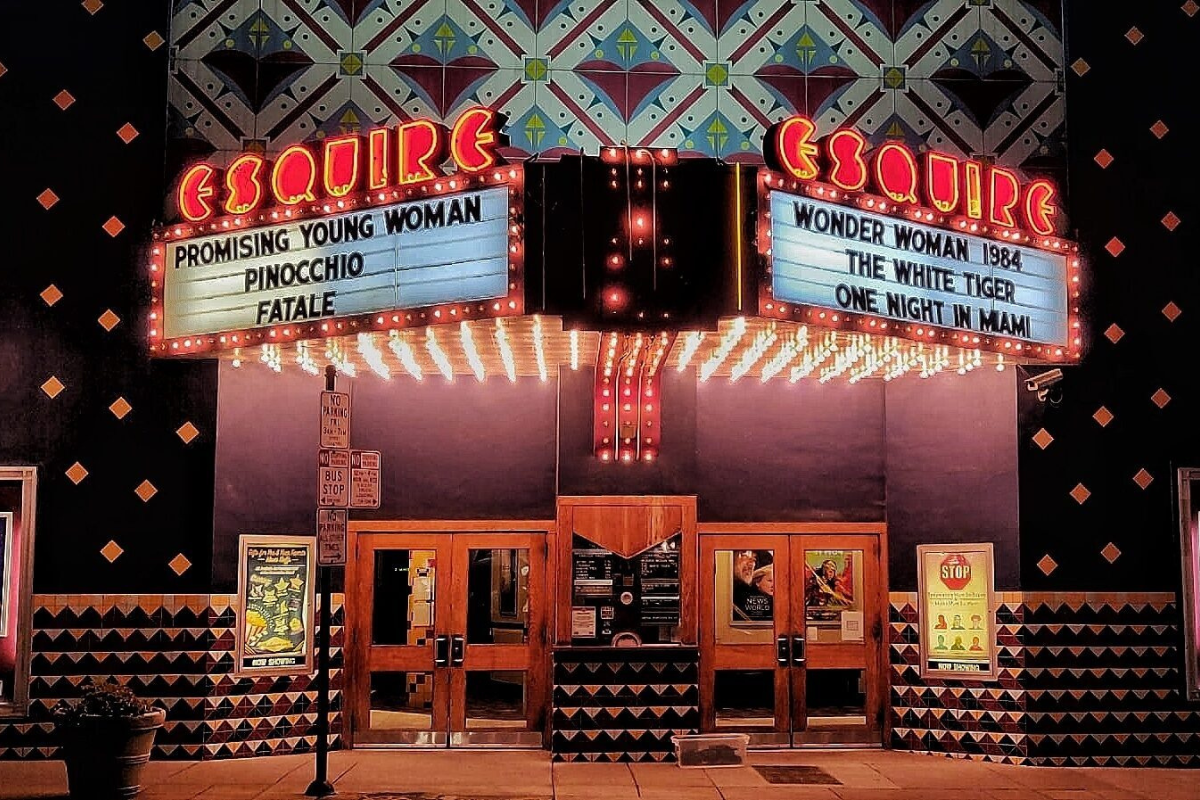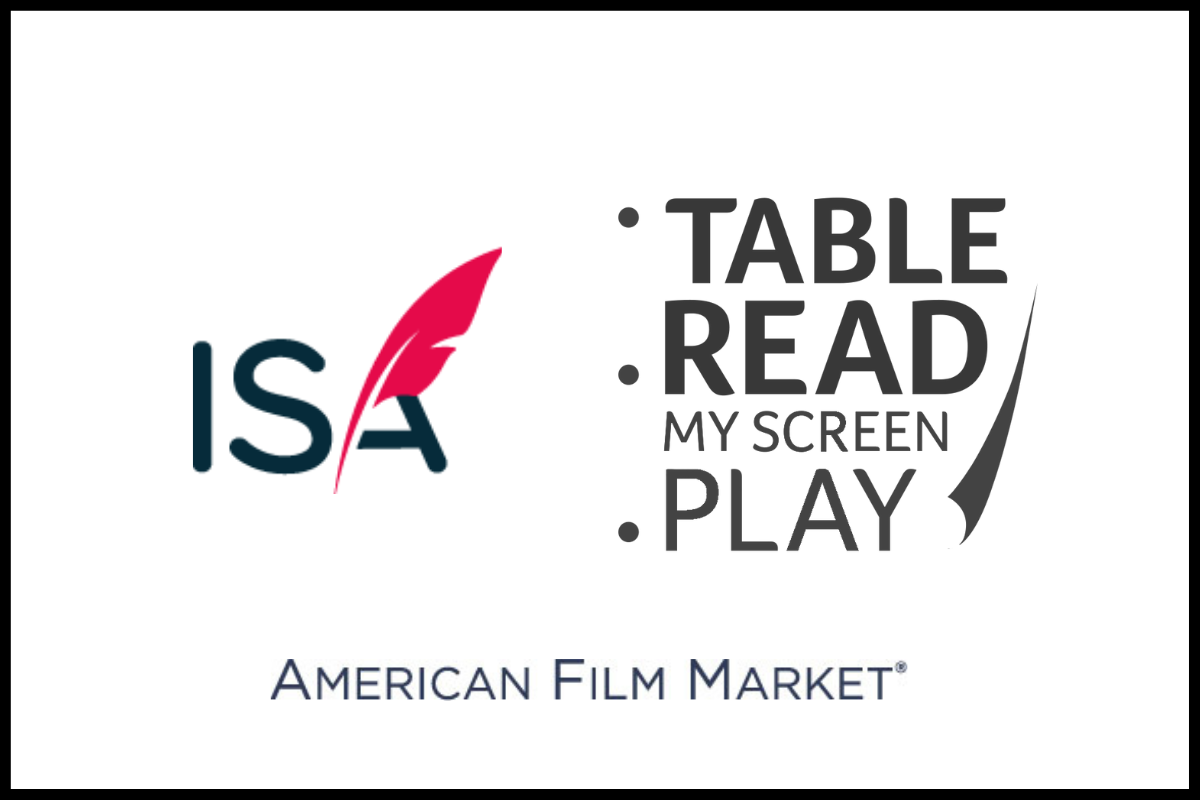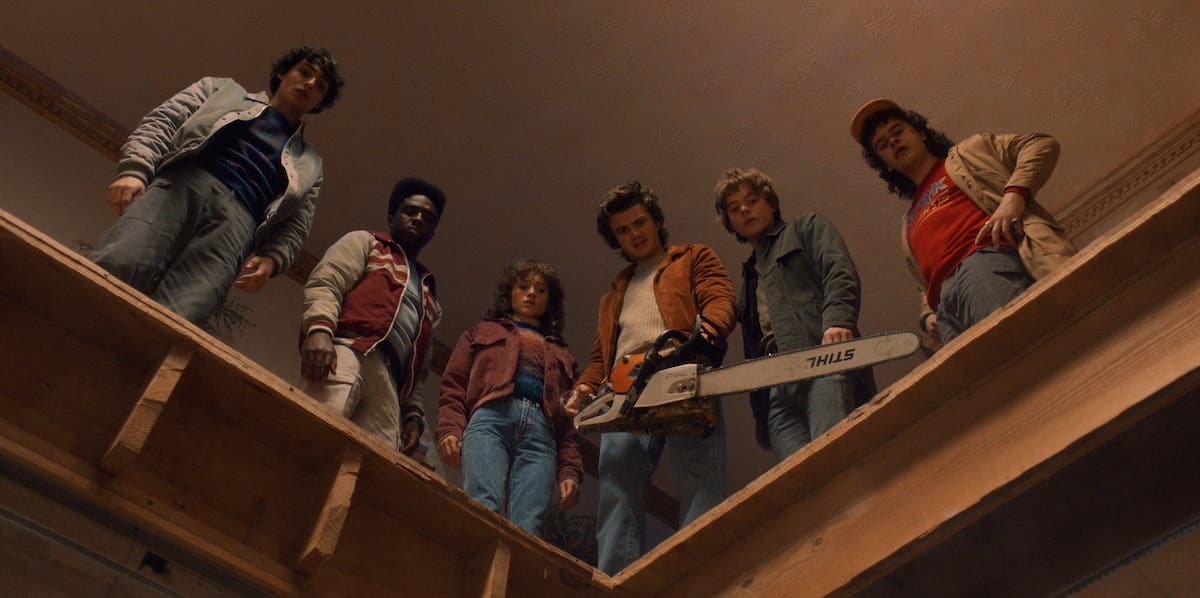How to Keep the Movie Box Office Lively and Profitable
As the world returns to normalcy post-pandemic, movie theaters can stay lively by being creative and adjusting to the needs of cinephiles and laypeople alike.
The advent of the COVID-19 pandemic prompted the global closure of movie theaters, leaving a dead box office in its wake. Both Los Angeles and New York closed movie theaters on March 15, 2020, with film releases, major and indie, frozen. As a result, streaming platforms, including Netflix, Hulu, and Max, saw an uptick in their subscriber numbers and according to Nielsen, viewers in the U.S. streamed more than 19.4 million years of content in 2022.
Once the pandemic was officially over and people slowly emerged from isolation, they had to adjust to a new reality in the outside world. Where travel and hotel prices were dirt cheap during the pandemic, now these things were double the price. Food markets were one of the primary establishments that stayed open during the pandemic besides hospitals. Restaurants in major cities faced closures, with outdoor dining even nixed in California. Food prices were reasonable during these odd times. Now both food at the market and restaurants has skyrocketed. Most lunches and dinners at restaurants now hover around $20 minimum.
In Los Angeles and New York, most movie tickets are at least $20 after 4:00 p.m. Add to that the cost of concessions and a night at the movies can become pretty pricey, particularly if one has children.
2022 and 2023 saw people slowly return to movie theaters, with and without masks depending on what state they lived in. Tom Cruise’s high octane, feel good film Top Gun: Maverick kicked off the return of big box office number in May of 2022, grossing 1.49 billion worldwide according to Deadline. 2023 had a particularly diverse slate of films in theaters, from historical dramas like Napoleon to French adult dramas like Anatomy of a Fall. The box office champ for 2023 was Barbie, ringing up $1,445,638,421 globally. The box office has gotten lively again since pandemic doldrums. But how can Hollywood continue to woo people from the comfort of their homes?
There are possibly two main reasons that the everyday person doesn’t go to the movies often or at all. They work too much and don’t have time or are too tired when they do. Or the cost is just too much. In some cities like Phoenix and Seattle, it doesn’t cost an arm and a leg to go to the movies. At AMC Centerpoint 11 in Tempe, AZ, movies are just $7.99 after 4:00 p.m. Compare that to Los Angeles’s AMC Century City, where the average IMAX movie in the evening is $24.49. Add popcorn and a drink for just one person and that’s almost $50.
There are a few ways to keep regular moviegoers going to the theaters and potentially attract those who haven’t been in a while.
The first thing is for studios and production companies to keep putting out high quality movies. Superhero fatigue has set in and people want more diverse choices that are based on existing IPs, sequels/prequels, and originals. So far this year Dune: Part Two and Godzilla x Kong: The New Empire have put the most people in the seats.
The reigning U.S. movie theaters are AMC, Regal, and Cinemark and they, as well as many other major movie theaters, offer rewards memberships that promote consistent movie theater attendance. Several of the streaming platforms have “bundles,” meaning one can combine one, two, or even three services for a lower rate. A service like Netflix or Disney+ could incentivize customers to go to the movies by including a free admission to a movie theater depending on the level of membership that’s purchased from them.
Most theaters have a discount movie day or discounts before a certain time. However, concession stand items remain consistently expensive because of inflation, as well as other factors. If theaters combined their discount movie days with discount concessions, that would be a win-win scenario, for the customer and theater. National Cinema has started to become a tradition and takes place on September 7 every year. In celebration of movies and the moviegoing experience, tickets are discounted on this day.
Drive-in movies flourished during the pandemic and are great alternatives to indoor theaters for those who might still be leery about COVID or germs in general. There aren't many left in existence, but some can still be found across the U.S. Here's a great resource.
Arthouse theaters show indie flicks, foreign cinema, classic movies, and sometimes first-run films. Some of the most popular ones include Alamo Drafthouse, New Beverly Cinema (L.A.), The Vista Theater (L.A.), Music Box Theater (Chicago), IFC Center (NYC), and Village East by Angelika (NYC). Because many indie and foreign films did well in 2023, it was a boon for arthouse cinemas. According to Deadline, Alamo Drafthouse netted $134 million at the box office which was a 22% increase over 2022.
One of the indie films that was critically acclaimed last year and also did well at the box office was Cord Jefferson's feature directorial debut American Fiction. He adapted the script from Percival Everett's 2001 novel Erasure. He won the Oscar for Best Adapted Screenplay and during his speech, he noted that the industry should be willing to take more risks. "I understand this is a risk-averse industry...but $200M is also a risk. It doesn't always work out...instead of making one $200M movie, try making twenty $10M movies or fifty $4M movies." His movie’s budget was $10 million and made $20 million at the box office. His film was a risk worth taking.
IATSE (The International Alliance of Theatrical Stage Employees) is currently negotiating, along with below-the-line unions, a new contract with the Alliance of Motion Picture and Television Producers. The focus is wages and pension and health benefits. These talks have been going on since March, with no end in sight. According to Deadline, last week IATSE revealed some contract proposals, which can be found here. It’s in the early stages of talks and so far, they haven’t gone on strike, but the looming threat of one could cause studios to have pause when considering taking production risks.
Productions can play their part by not having bloated budgets. While both Godzilla Minus One and Godzilla x Kong: The New Empire were fantastic, Toho’s budget was around $15 million, while Universal’s was $135 million. Granted, $135 isn’t bloated for the type of film it is, but Godzilla Minus One looked just as good for much less. Surely Hollywood can cut costs when it comes to production.
The recently released Boy Kills World' starring Bill Skarsgård and helmed by Moritz Mohr, had a $25 million budget but has only made $2.12 million at the box office so far. That's considered a flop by today's standards. Yet Challengers, which stars box office draw Zendaya, cost $55 million and has made about $24 million its opening weekend as stated in ScreenDaily. Why is a tennis movie's budget so high, though? Boy Kills World is an original story by Tyler Burton Smith, Arend Remmers, and Moritz Mohr and audiences do still like original stories. However, sometimes a film just comes down to star power, which Zendaya has proven she has.
There are many reasons why people rush out to see certain movies and don't see others. Inclement weather can play a role in deterring people from going to the movies. The locations of movie theaters can also determine if people go to the movies. The soundtrack for a movie can enhance it, making it that much more appealing and something that people might listen to on the way to the movies.
If a theater maintains a beautiful aesthetic, rather it’s more historic in architecture or more modern, and a clean environment, that makes it a pleasure to go to theaters. They should also reinforce their no cellphones policy. People looking at their phones or phones ringing can be very distracting and takes away from the experience. For those addicted to their phones, there's no level of entertainment that can keep them off of them. However, in a movie theater, they are forced to get off of them, whereas at home they can stay glued to their phones instead of becoming engrossed in a movie. People talking during a film can also detract from the experience and no-talking policies should also be reinforced.
Movies are different things for different people. Escapism. Education. Fun. Magic. Nicole Kidman's AMC ad perfectly encapsulates what the movie-going experience can be. The key is to inspire people to leave the comfort of their couches to enjoy the experience of seeing a film. Going to a movie theater is like entering a cave; it's primordial. Seeing a movie with a theater full of people is a different experience than watching it alone or with a few others at home. It’s a collective emotional journey. As the world returns to normalcy post-pandemic, movie theaters can stay lively by being creative and adjusting to the needs of cinephiles and laypeople alike.
This live webinar is going to explore the kinds of shows that have a chance to be bought, the genres that are going to be thriving in the next couple of years, and how to take your own stories, characters and themes and adapt them into concepts that can fly in the current market.
Sonya Alexander started off her career training to be a talent agent. She eventually realized she was meant to be on the creative end and has been writing ever since. As a freelance writer she’s written screenplays, covered film, television, music and video games and done academic writing. She’s also been a script reader for over twenty years. She's a member of the African American Film Critics Association and currently resides in Los Angeles.







